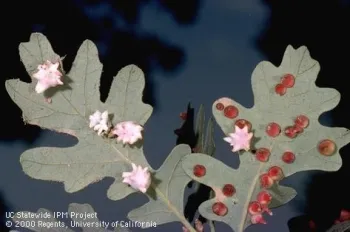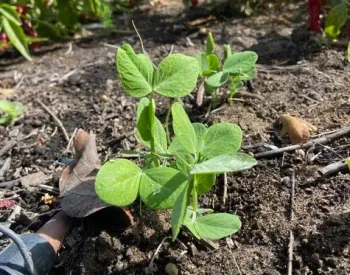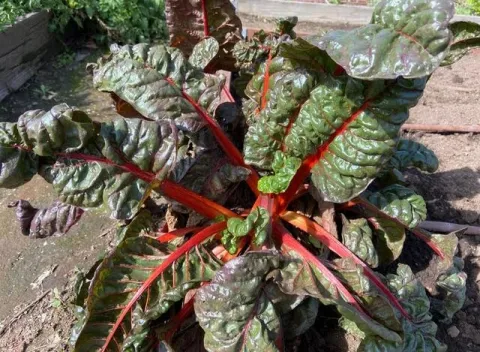
Tasks
- Cut warm-season grasses short and over-seed with cool season grasses – annual or perennial rye or fine fescue. Better yet – let them go dormant to save water and mowing
- Check and improve drainage around plants in low areas
- Add fallen leaves, chipped trimmings, and garden debris to compost
- Remember that plants in containers or beds under covered areas may not receive adequate water from rainfall and may require supplemental irrigation in fall and winter
- Use organic mulch around permanent plants and add organic matter to the soil to prepare beds for spring planting
Pruning
- Dispose of diseased wood by discarding in the trash

Fertilizing
- Feed cool-weather plants and vegetables
- Add bulb fertilizer to planting holes before planting bulbs
Planting
- Tulip and hyacinth bulbs that have been chilled for six weeks may be planted now
- Sow wildflowers or grasses on hillsides to prevent erosion in heavy rains
- Perennials: coral bells (Heuchera)
- Bulbs, corms, tubers: Hyacinthus orientalis
- Fruits and vegetables: cabbage, peas, spinach, plant from seed
- Annuals: toadflax (Linaria maroccana), stock (Matthiola incana)
- Trees, shrubs, vines: Indian hawthorne (Rhaphiolepsis)
Enjoy now
- Annuals and perennials: stock (Matthiola) African daisy (Osteospermum)
- Fruit and vegetables: Asian pears, chard, nectarines, peas, peppers
- Trees, shrubs, vines: holly (Ilex), Chinese fringe flower (Loropetalum), Nandina
- Fall color: crape myrtle (Lagerstroemia indica), sweet gum (Liquidambar)
Things to ponder
- Do not use lime sulfur spray on apricots or walnuts



